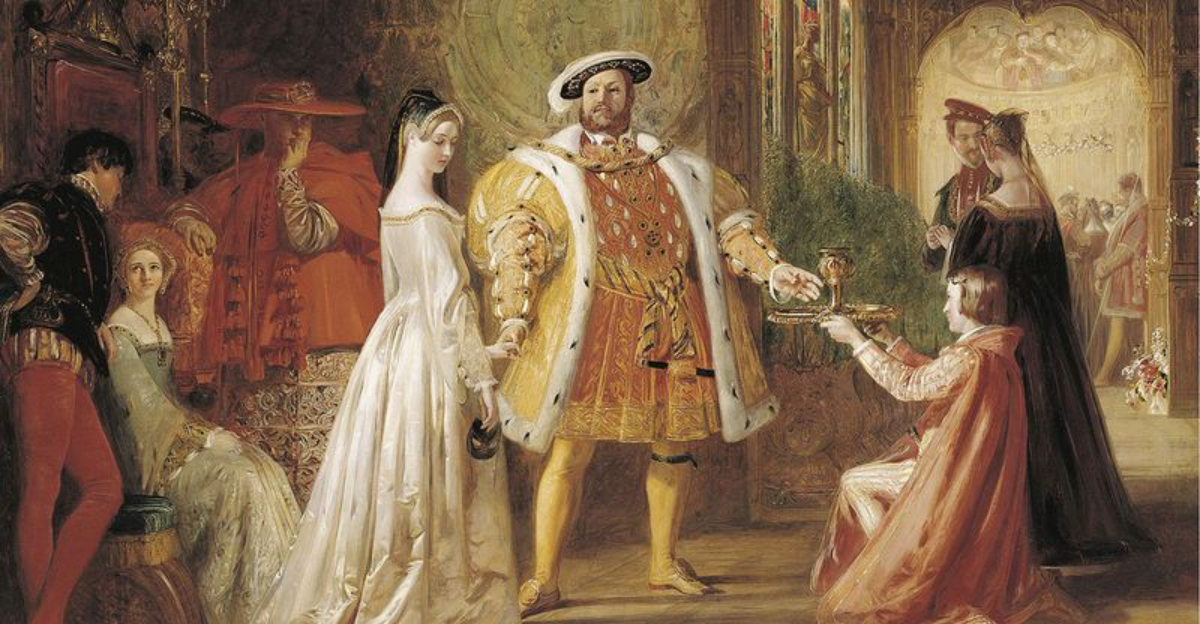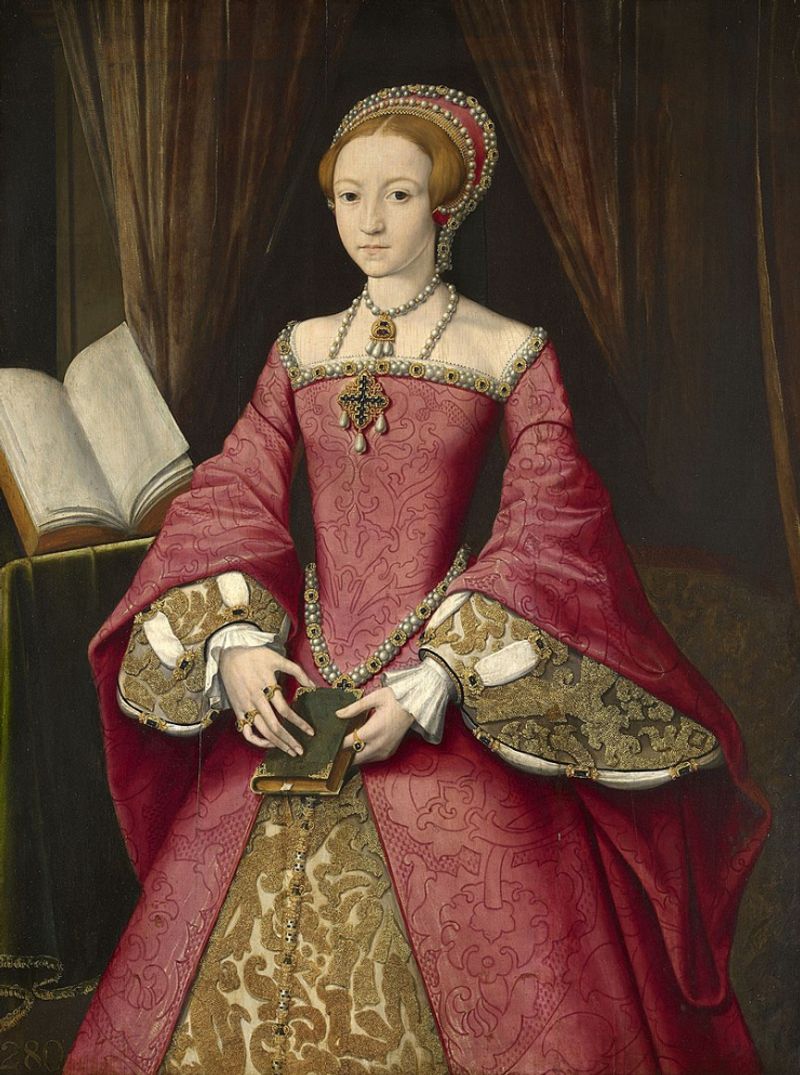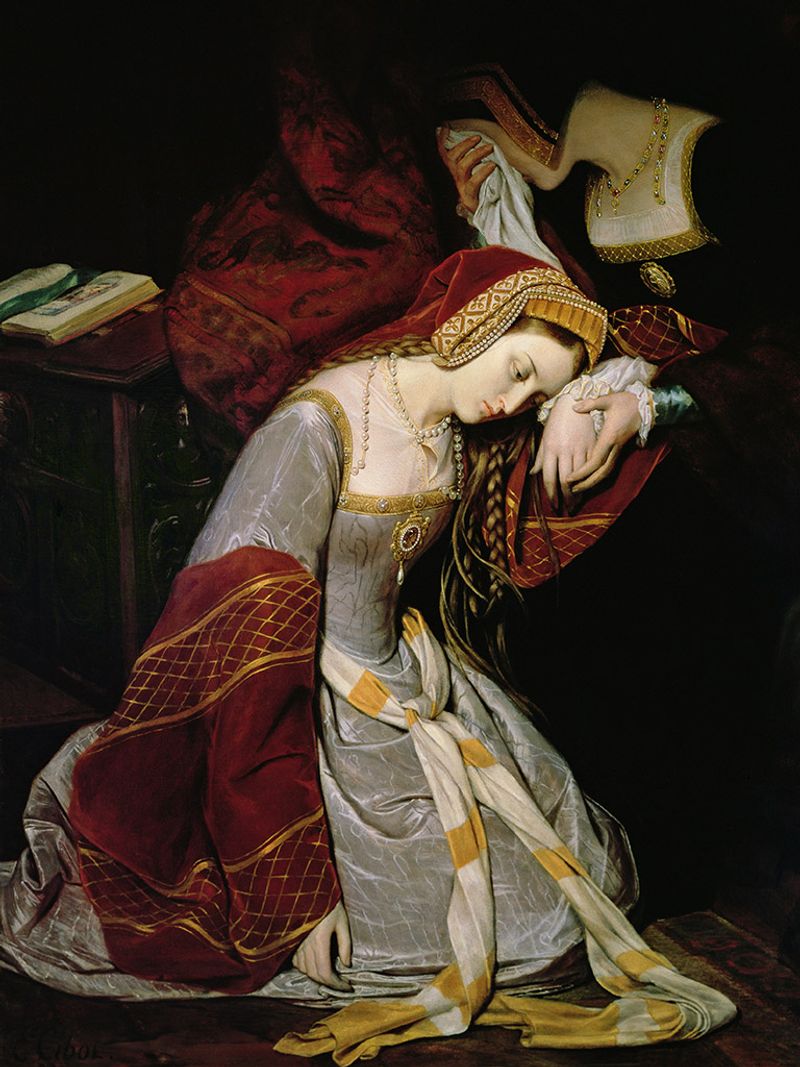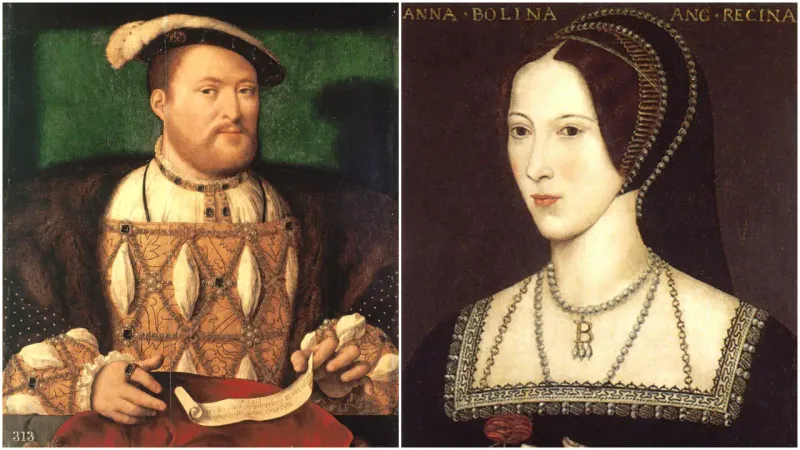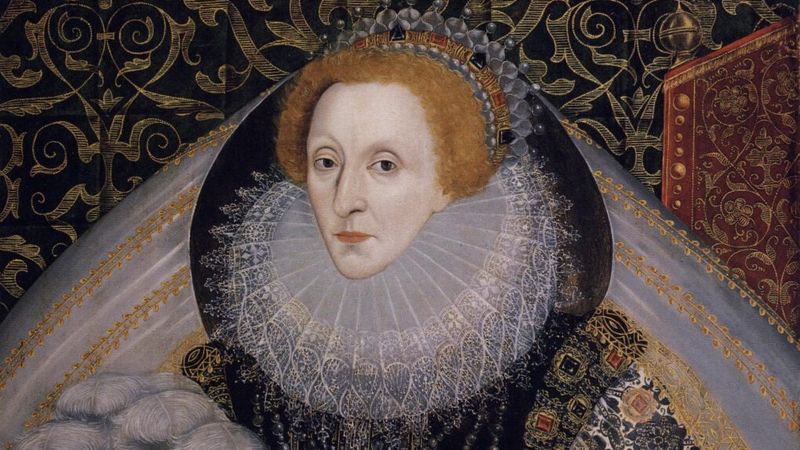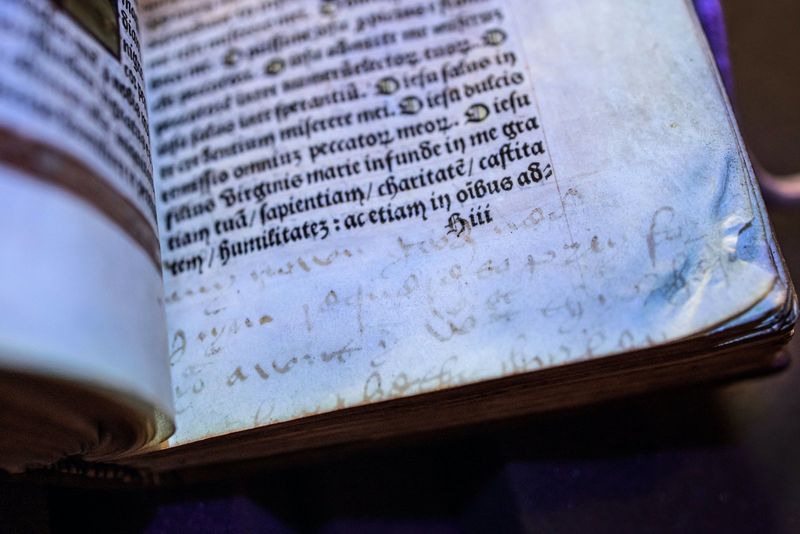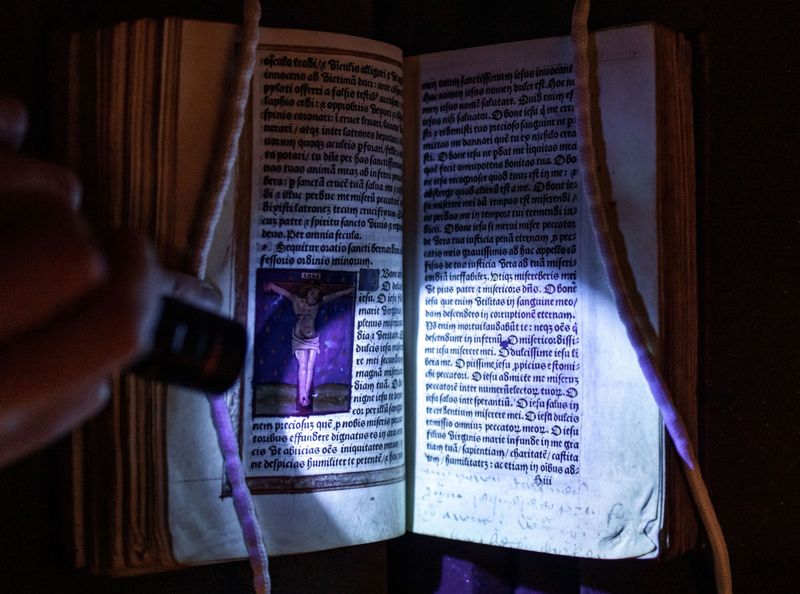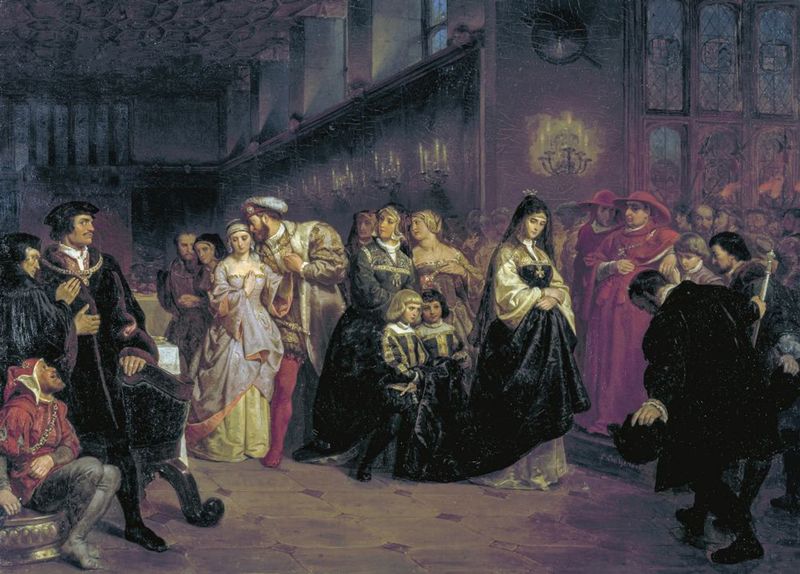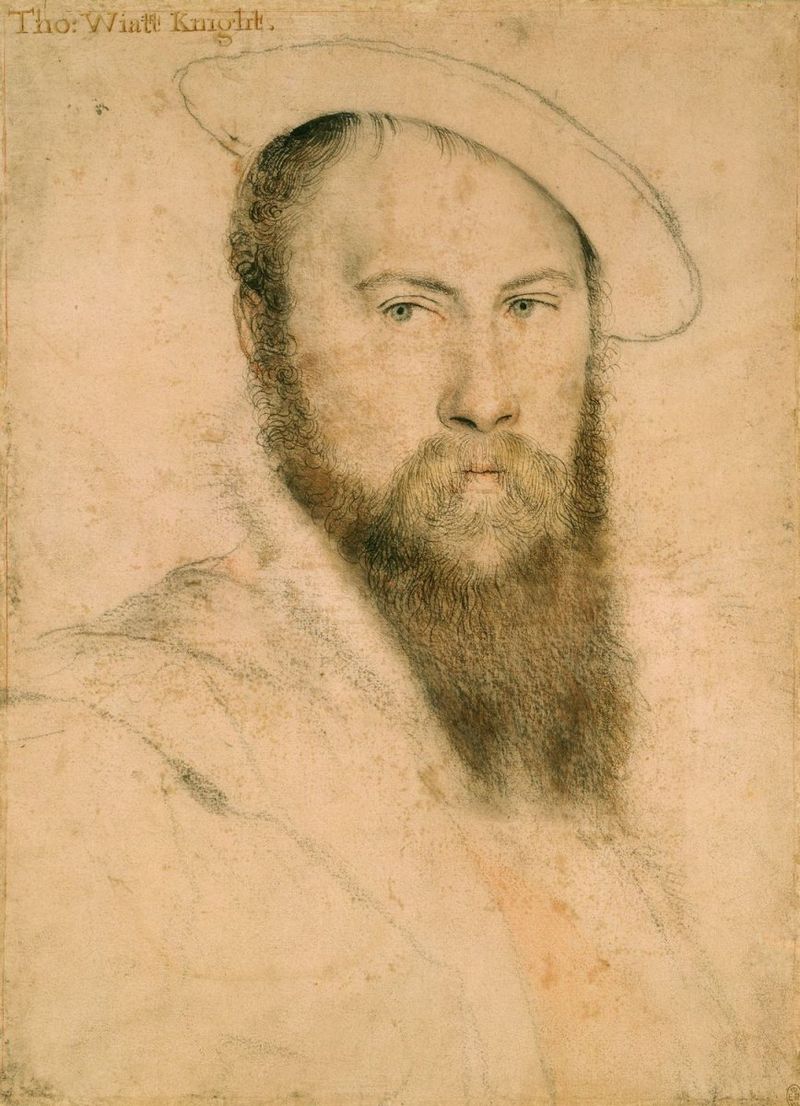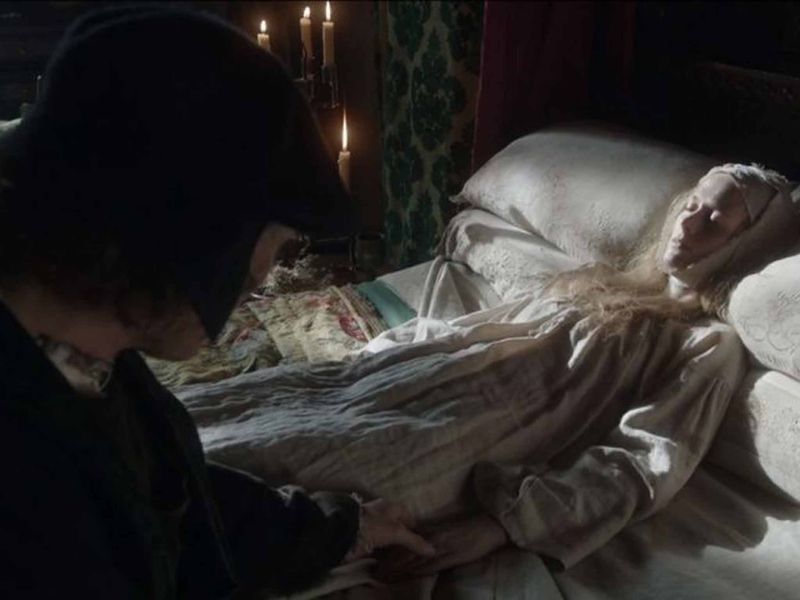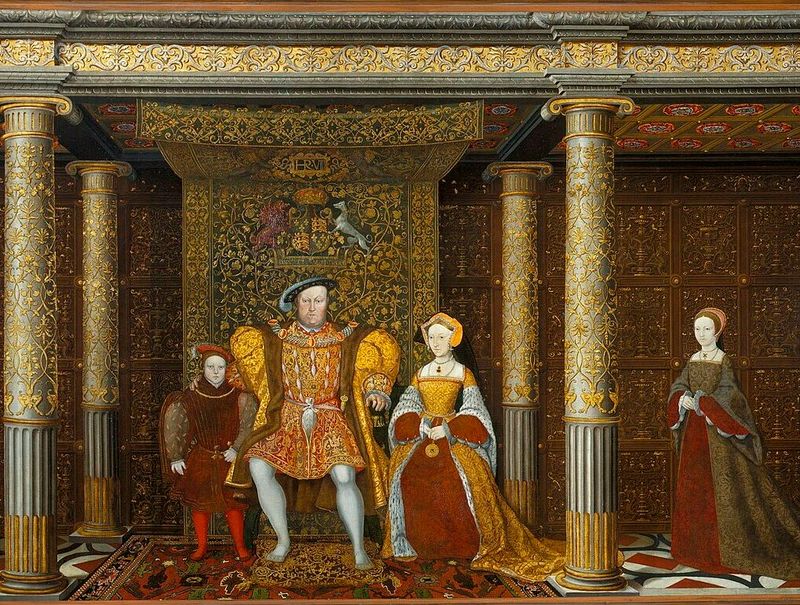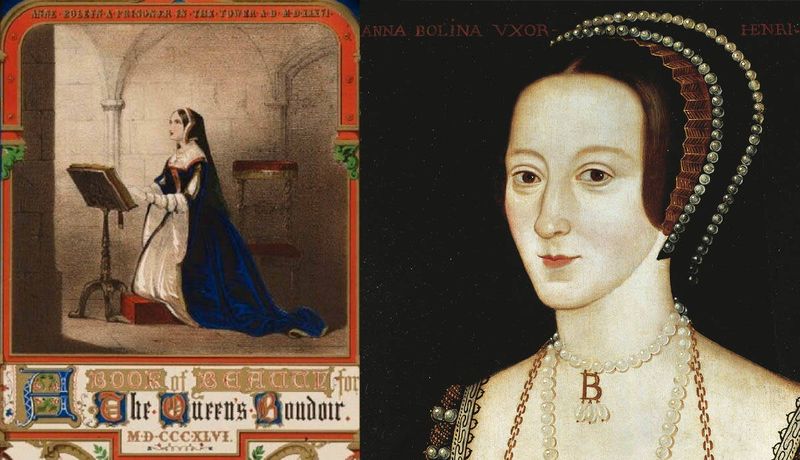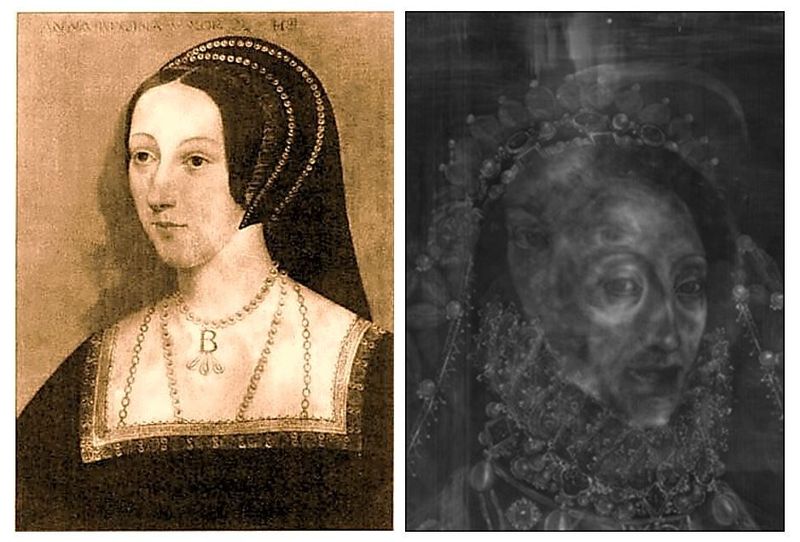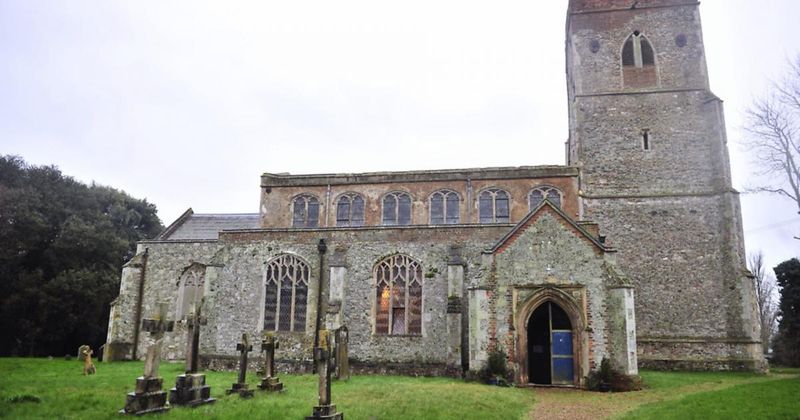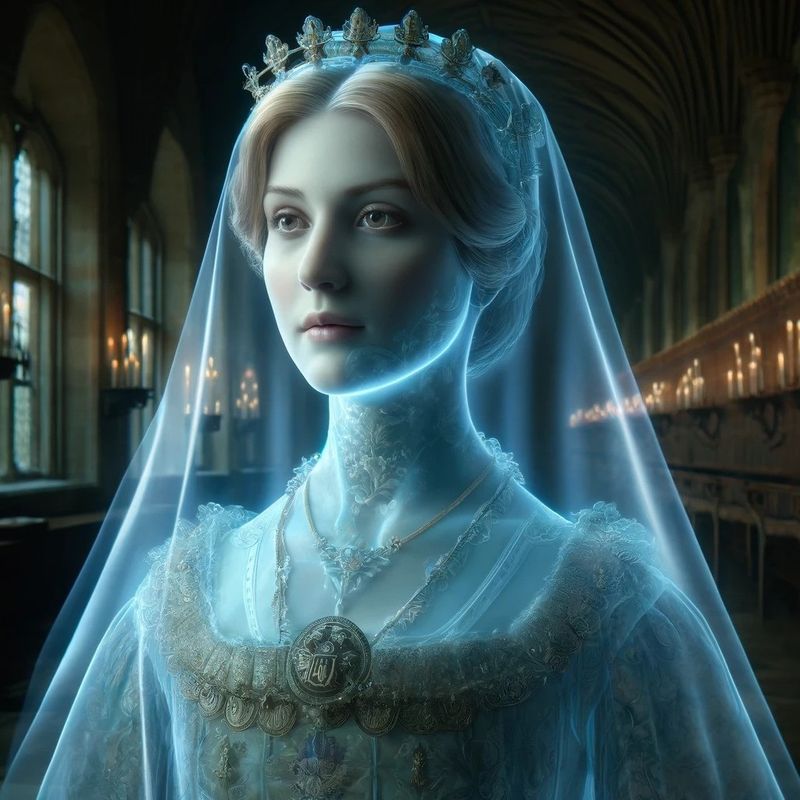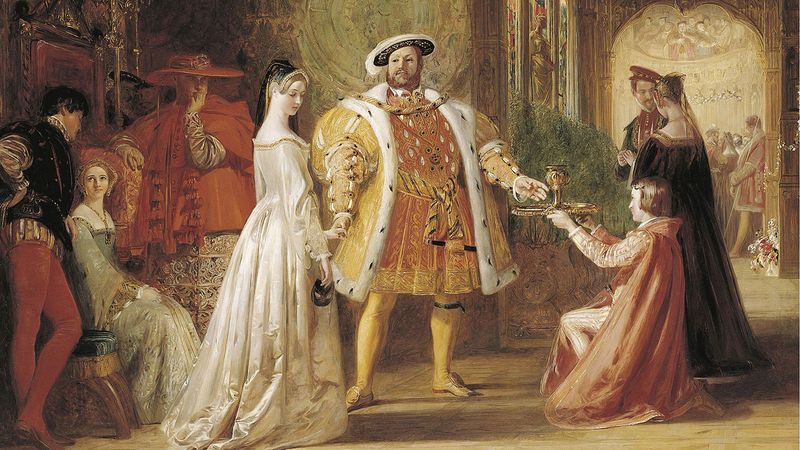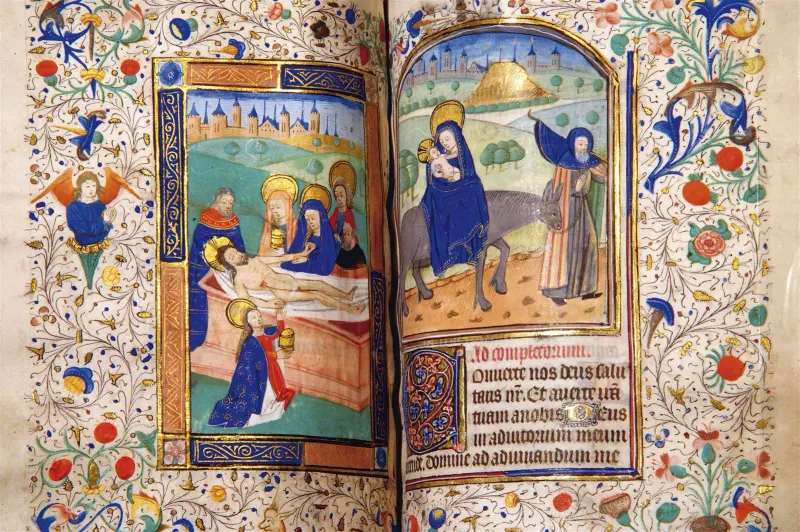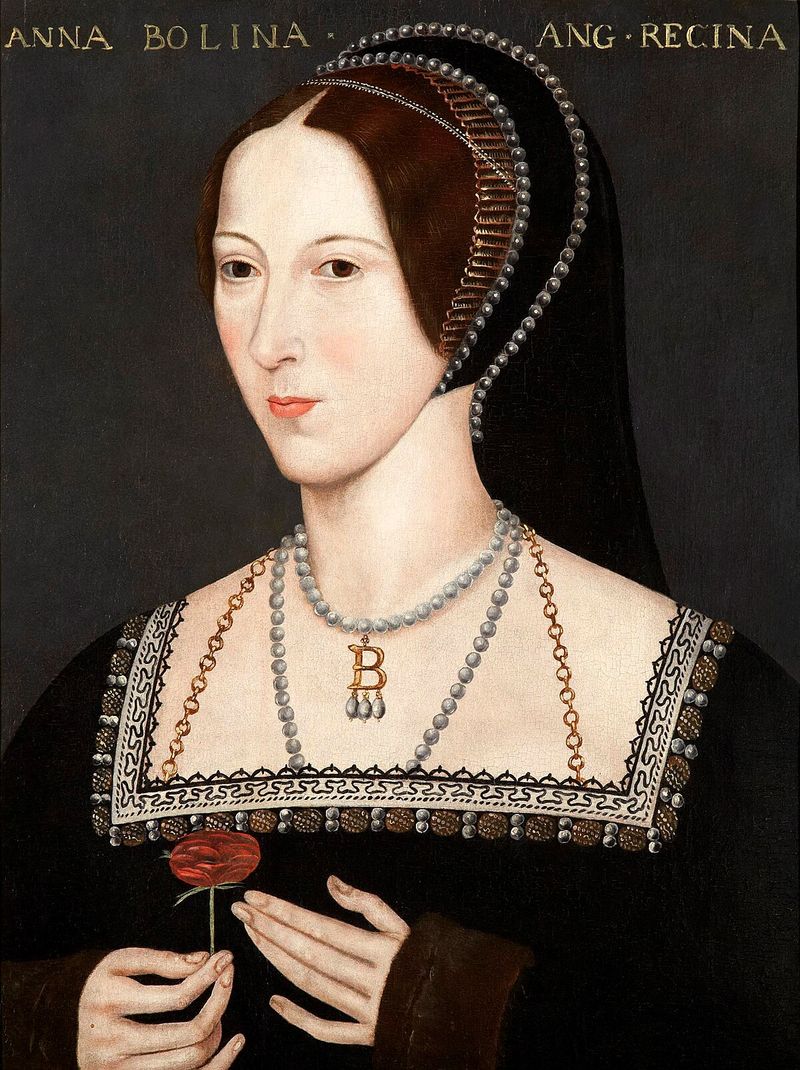Anne Boleyn, the enigmatic second wife of King Henry VIII, has long been a subject of fascination and intrigue. Her life, filled with drama and mystery, played a significant role in shaping English history. From her disputed birth year to the ghostly sightings that still claim her presence, these nineteen secrets reveal the complexities of a woman who changed the course of a nation.
1. Disputed Birth Year
Anne Boleyn’s exact birth year has been a mystery to historians, with estimates ranging between 1501 and 1507. This uncertainty adds an intriguing layer to her already enigmatic life, as her age at death remains speculative. The lack of clarity surrounding her birth year contributes to the mystique that envelops her history.
2. Highly Educated Noblewoman
Renowned for her intellect, Anne Boleyn was fluent in French and Dutch, and skilled in literature, music, and dance. Her ability to engage in archery and horseback riding highlighted her versatility as a noblewoman. Her education set her apart in a court where such attributes were rare, making her a captivating figure.
3. Court Diplomat in France
Anne’s time in the French royal courts honed her diplomatic skills, giving her a political edge upon her return to England. Her experience abroad equipped her with the sophistication and savvy needed to navigate the complex world of Tudor politics. This period of her life was crucial in shaping her future influence.
4. Henry’s Grudging Pursuit
Initially resisting Henry VIII’s advances, Anne Boleyn refused to become his mistress, demanding respect and commitment. Her stance compelled Henry to seek a divorce, altering the religious landscape of England forever. Her ability to influence the king was both her triumph and her downfall.
5. Catalyst to the Reformation
Anne Boleyn’s marriage to Henry VIII was a pivotal moment that led to England’s break from the Roman Catholic Church. Her presence in Henry’s life catalyzed the creation of the Church of England, altering the religious fabric of the nation. This monumental shift in religious power was partly her legacy.
6. Secret Book of Hours
The discovery of Anne’s prayer book, adorned with her handwriting and hidden inscriptions, reveals a secret circle of loyal women. This book, once lost, embodies her spiritual resistance and the risks women took to preserve it after her death. It’s a testament to her lasting influence and mysterious allure.
7. Spiritual Resistance
After Anne’s execution, her prayer book was clandestinely passed among women who risked punishment to preserve it. This act of defiance signified a spiritual resistance against the oppressive norms of the time. The book became a symbol of loyalty and a reminder of Anne’s enduring influence beyond her death.
8. Knitting Political Rivals
Anne’s accusation against Cardinal Wolsey, charging him with papal loyalty over English sovereignty, contributed to his downfall. Her political acumen allowed her to weave alliances and rivalries, influencing the power dynamics at court. Her actions demonstrated her ability to shape the political landscape.
9. Close with Poet Wyatt?
Rumors of a romantic connection between Anne Boleyn and Sir Thomas Wyatt have long intrigued historians. Some early love poetry may reference Anne, though definitive evidence remains elusive. This speculation adds a layer of romantic mystery to her story, blending love and politics in the Tudor court.
10. Near-death from Sweating Sickness
In 1528, Anne Boleyn narrowly escaped death from the terrifying sweating sickness, a disease that claimed many lives at court. Her survival added to her mystique, as she emerged from the ordeal seemingly destined for greatness. This brush with mortality highlights her resilience and enduring allure.
11. Ancestral Royal Links
Anne Boleyn was distantly related to Jane Seymour, her eventual rival and successor as queen. This connection underscores the intricate web of alliances and enmities that characterized the Tudor court. Her royal links, however faint, added another dimension to her complex identity.
12. Myth of Witchcraft
Accusations of witchcraft against Anne Boleyn were more political slander than truth, crafted to tarnish her reputation. These myths, though unfounded, reflect the intense scrutiny she faced as a woman of power. The witchcraft rumors added a sinister aspect to her already complicated persona.
13. Sibling Scandal
The charges of adultery against Anne Boleyn and her brother George were scandalous and largely viewed as fabricated. Their executions highlighted the dangerous intrigue of court life and the lengths to which opponents would go to eliminate threats. This tragedy marked a dark chapter in Anne’s story.
14. Hidden Portraits
Henry VIII’s destruction of Anne Boleyn’s portraits left her image uncertain, with surviving likenesses likely misattributed. This erasure was an attempt to diminish her legacy, but it only deepened the mystery surrounding her. The enigma of her appearance continues to captivate historians and art lovers alike.
15. Heart Legend
The legend that Anne Boleyn’s heart was buried at Erwarton Church is a blend of myth and historical mystery. Though unverified, this tale adds to the folklore surrounding her life and death. It represents the enduring fascination with her story and the blending of legend with history.
16. Ghostly Sightings
Ghostly apparitions of Anne Boleyn are said to linger in places like Hever Castle and the Tower of London. These sightings reflect the lasting impression she left on English history and culture. Her supposed spectral presence is a testament to the enduring intrigue of her life and legacy.
17. Political Puppeteer?
Some historians view Anne Boleyn as a shrewd diplomat who shaped religious and political changes, rather than merely a seductress. Her influence on policy and the king’s decisions marks her as a formidable figure in Tudor history. This perspective challenges traditional narratives and highlights her strategic mind.
18. Prophecy and Drama
A mysterious prophecy book found in Anne Boleyn’s apartments is said to have contained drawings foretelling her demise. This curious artifact adds a dramatic flair to her story, intertwining fate and intrigue. Whether true or legend, it contributes to the dramatic narrative of her life.
19. Literary Legacy
Anne Boleyn’s life has inspired countless cultural references, from Shakespearean allegories to modern television portrayals. Her story continues to captivate artists and audiences alike, ensuring her legacy endures in literature and beyond. She remains a compelling figure in both historical and fictional narratives.
